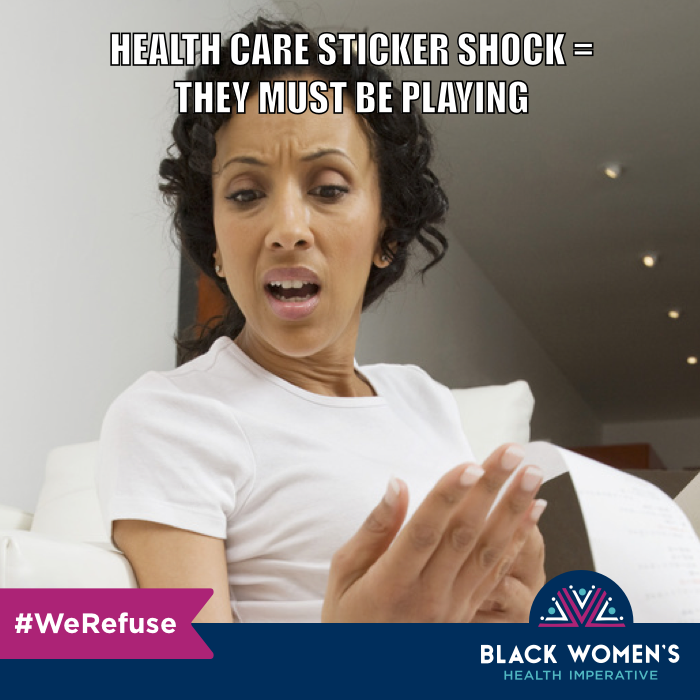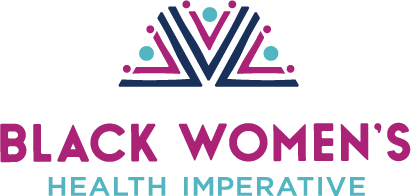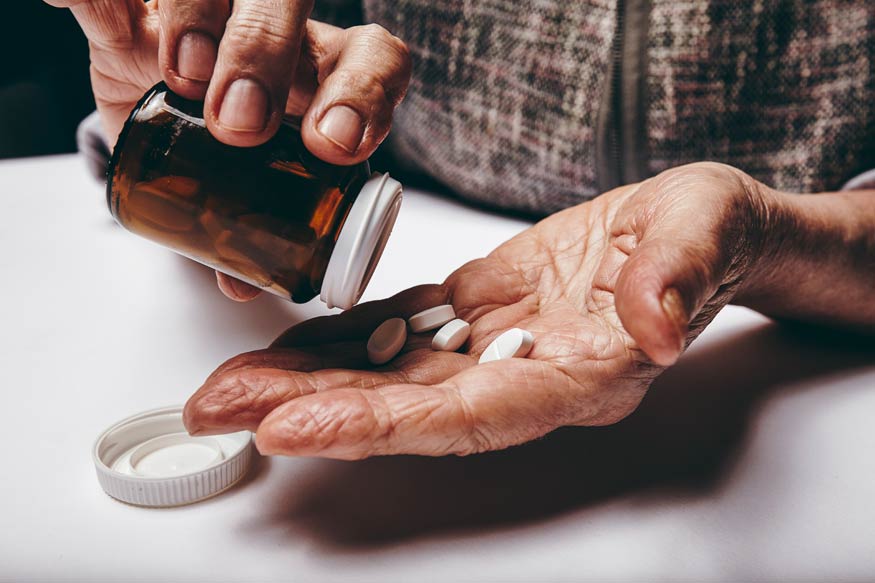You’ve just been prescribed a new drug. You go to pick it up at the pharmacy. No sweat.
Until you look at the register: $765.42 for one month of pills? Seriously?
You’re not alone. Prescription drug costs are sky-high, and they don’t appear to be falling anytime soon. And with or without insurance, Americans are having trouble affording them.
You don’t want to skip your medication. But you also don’t want to shell out a chunk of your paycheck for a pill. What can you do?
1. Find Out If Your Insurance Covers It
If you have insurance, you need to look at your plan’s formulary. That’s the list of prescriptions that the plan will cover.
But you’re not just looking for a “yes” or “no.” You also want to look for how much of the price the insurance company will cover, and how much you will have to pay out of pocket (copay).
Most insurance companies split their formularies into tiers, and drugs fall into one of those tiers. The amount of cash you’ll need to fork over depends on the type of drug you’re getting.
2. Fakers Gonna Fake
You might be able to spot a fake brand name from a hundred yards away. But when it comes to drugs, brand name isn’t always best.
Ask the pharmacist if there is a generic available. If she says yes, double check that it’s okay to take it (keep reading, we’ll get to that in a minute), and see how much that will cost.
If she says no, it’s time to start your homework. Ask the pharmacist if she meant no, there isn’t a generic version, or no, they don’t have a generic version at that pharmacy. Other pharmacies may carry generics, so you might be able to get a cheaper version of the drug by switching to another pharmacy in your insurance plan.
If she meant no, there isn’t a generic version, call your doctor. She may be able to prescribe you a similar drug that is in a lower tier of your formulary.
There’s something else the pharmacist might tell you: There is a generic, but she can’t give you it since your physician wrote “Dispense As Written” on the prescription.
A “Dispense As Written” (DAW) is a note from your doctor to the pharmacist saying that you can only get the brand name—the pharmacist is not allowed to substitute a generic one.
Some physicians just put DAW out of habit, or because they’re still somewhat skeptical about generics. Find out why your physician slapped on a DAW. She may remove it, allowing the pharmacist to give you the less expensive stuff.
But—and this is a big but—you should never switch from a brand name to a generic version without talking to your physician, first. For some medical conditions, it’s a little more complicated than just swapping pills. You may need to get your dose adjusted, or be on the lookout for certain side effects.
3. You’d Better Shop Around
You wouldn’t buy that perfect pair of shoes without scoping out the sales. Medication should be no different.
It’s tempting to run into the nearest drugstore to fill your prescription. After all, one of them is on every corner, and many are open 24/7. But those stores aren’t always your best bet.
In fact, a prescription might cost up to ten times more at one of those big-name pharmacies.
Check with local, independent pharmacies. Or, try big-box membership retailers. And, of course, don’t forget to try places you go on the reg, like the discount store we won’t name, but you go there for one thing and somehow leave with 15. You know the place we’re talking about.

4. Don’t Be Afraid To Ask For Help
Meds are expensive, but you need them—so there’s nothing wrong with asking for help.Whether through the government, independent companies, or the pharmaceutical brands themselves, there are many organizations that can give you a hand:
Whether through the government, independent companies, or the pharmaceutical brands themselves, there are many organizations that can give you a hand:
- GoodRx: This company collects prices from thousands of pharmacies nationwide. Search their site for the lowest prescription cost in your area, and use their coupon (if it’s lower than your insurance prescription plan) to save.
- Medicaid: Medicaid is the joint federal and state program that provides health coverage for Americans, and it is the major provider for uninsured Black families.
- Partnership for Prescription Alliance: PPA is a free online service that hooks you up with affordable pharmacies. It also has a list of companies that provide discount cards at various pharmacies, so you can keep the savings rolling in.
- Patient Access Network Foundation: PAN Foundation is a nonprofit that helps insured patients afford copays and out-of-pocket expenses.
- Patient-assistance Programs: PAPs are sponsored by individual drug companies, and they set you up with savings on their own products.
If affording medication has been a struggle for you, chances are your friends are feeling it, too. Send them this information to help them learn to save on prescriptions with you.


